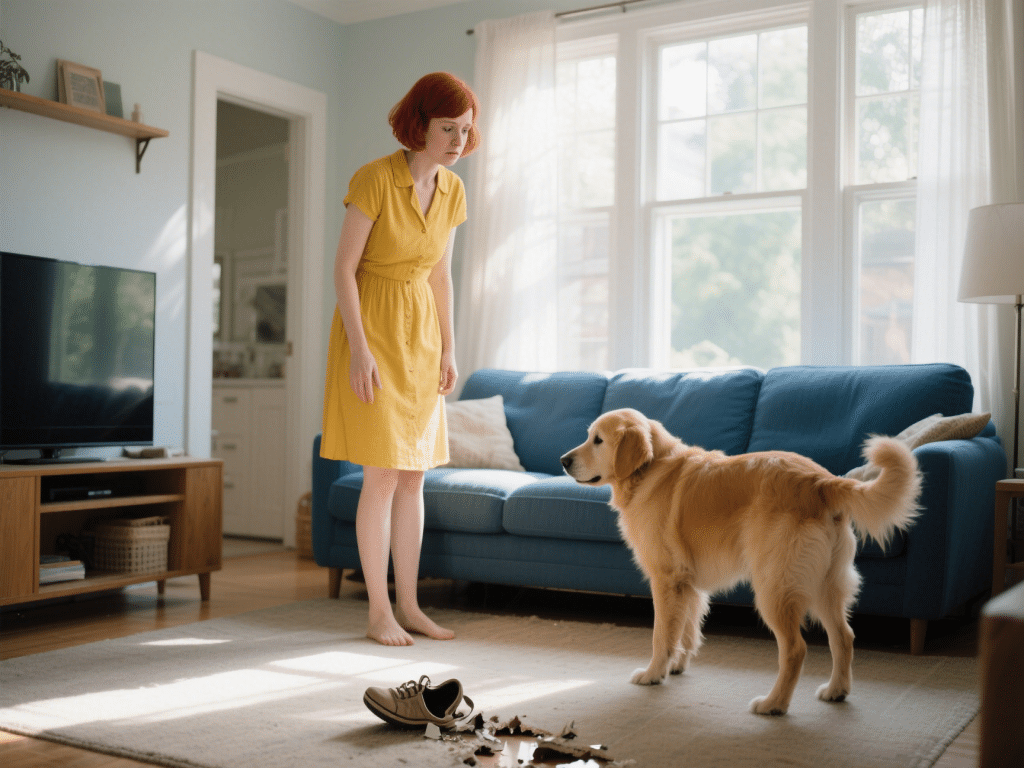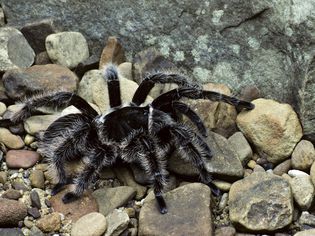Dealing with Feline Urinary Tract Problems: Prevention and Care
Dealing with Feline Urinary Tract Problems: Prevention and Care
Feline Lower Urinary Tract Disease (FLUTD) affects 1-3% of cats annually, causing pain, blockages, and potential kidney damage. Early intervention and proactive care are critical for your cat’s wellbeing.
Recognizing the Warning Signs
Straining in Litter Box: Unproductive squatting lasting >30 seconds
Frequent Attempts: Visiting litter >5x/hour with minimal output
Blood in Urine: Pink-tinged or visibly bloody urine
Vocalization: Crying during elimination
Inappropriate Urination: Avoiding the box due to pain association
Excessive Licking: Focusing on genital area
Urgent Alert: Male cats exhibiting straining with zero urine output require immediate emergency care. Urethral blockages become fatal within 24-48 hours.
Proven Prevention Strategies
1. Hydration is Non-Negotiable
Wet Food Diet: Aim for >70% moisture content (canned/pouched food)
Water Stations: Provide 3+ water bowls per cat (stainless/ceramic)
Running Water: Use cat fountains; cats drink 2-3x more from moving water
Broth Boosters: Add sodium-free chicken bone broth to meals
2. Stress Reduction Tactics
Litter Box Protocol: # boxes = # cats + 1, placed in quiet zones, scooped 2x daily
Vertical Space: Install cat trees/shelves for safe retreats
Pheromone Diffusers: Use Feliway Classic in multi-cat households
Predictable Routines: Maintain consistent feeding/play schedules
3. Dietary Modifications
Prescription Diets: For recurrent FLUTD, use vet-recommended urinary formulas (e.g., Hill’s c/d, Royal Canin SO)
Magnesium Control: Avoid fish-heavy diets high in magnesium crystals
pH Management: Target urine pH 6.2-6.8 (ask vet for urinalysis)
4. Environmental Enrichment
Daily Play: 15-min interactive sessions with wand toys
Puzzle Feeders: Slow eating and mental stimulation
Safe Hideouts: Provide cardboard boxes or covered beds
When Problems Strike: Action Plan
Vet Visit Within 24 Hours: For any symptoms beyond isolated accidents.
Diagnostic Essentials: Urinalysis, urine culture, abdominal ultrasound.
Medical Management:
Blockages: Emergency catheterization + IV fluids
Cystitis: Pain relief (Buprenorphine), anti-spasmodics (Prazosin)
Infection: Culture-guided antibiotics (avoid Amoxicillin overuse)
Post-Crisis Care:
Strictly follow prescription diet for 3-6 months
Monitor litter box use via journal or smart litter box
Schedule vet rechecks at 1/3/6 months
Long-Term Management Success
A 2018 Journal of Feline Medicine study found cats on multimodal prevention plans reduced FLUTD recurrence by 82%. Consistency in hydration, stress reduction, and vet partnership is key.
Pro Tip: Track water intake - healthy cats consume 20-40ml/kg daily. Use marked bowls or smart fountains to monitor.
“Whiskers’ blockage cost $3,200 in ER care. After switching to wet food/fountains and Feliway, he’s been flare-up free for 2 years.” - Sarah K., Maine Coon Owner
By implementing evidence-based prevention and responding swiftly to symptoms, you can significantly protect your cat from urinary distress and ensure long-term bladder health.
RECOMMENDED NEWS

DIY Pet Bed Projects: Comfortable Options for Cats and Dogs
IntroductionBuilding a custom pet bed is a rewarding project that ensures your cat or dog ...

How to Detect Early Signs of Arthritis in Senior Dogs
IntroductionArthritis is one of the most common degenerative joint diseases affecting seni...

Understanding Pet Behavior: Why Your Pet Does What It Does
The Hidden Language of Pets: Decoding Everyday BehaviorsPets communicate through actions, ...

Essential Tips for First-Time Pet Owners: A Comprehensive Guide
Essential Tips for First-Time Pet Owners: A Comprehensive GuideBringing home your first pe...

How to Care for a Pet Curly Hair Tarantula
The curly hair tarantula has a round body covered with long bristles that have a slight c...

Can Chinchillas Get Wet?
Chinchillas are rodents that are originally from the Andes mountains in South America. Th...
Comments on "Dealing with Feline Urinary Tract Problems: Prevention and Care" :